Are you looking for a way to boost your energy levels, trim your waistline and still enjoy the foods you love?
If it sounds too good to be true, it isn’t.
There are plenty of health plans, including the keto diet, that deliver major results without requiring major sacrifice. The days of shakes and juicing have given way to delicious options that help you slash carbs without boring your tastebuds.
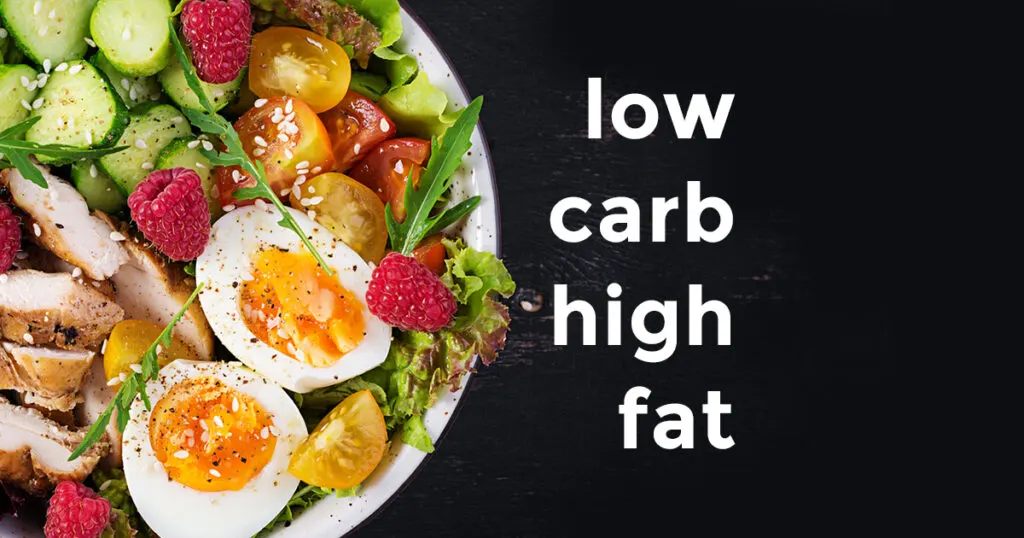
Standing for Low-Carb-High-Fat, the LCHF diet is an incredible diet to help you regain your health. While it might not be as well known as its industry peers, this diet is quickly gaining steam and attention as people around the world embrace the methodology.
Today, we’re taking a look at the basics behind the diet, sharing everything you need to know before you try this approach yourself.
Ready to learn more? Let’s get started!
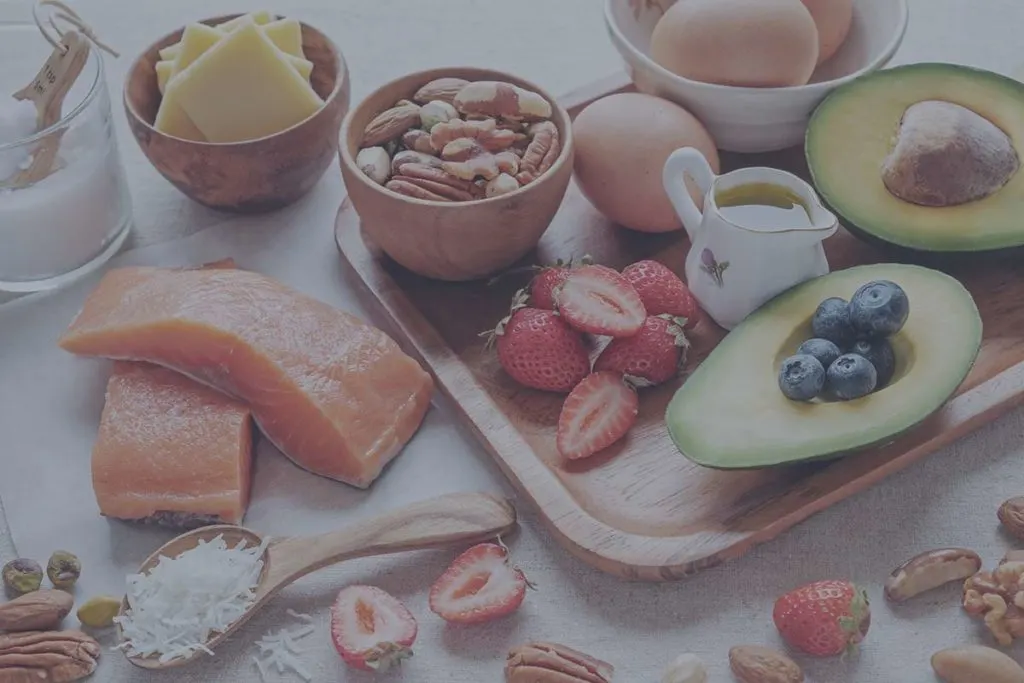
What is the LCHF Diet?
As its name implies, an LCHF diet is one that’s low in carbohydrates and high in fat. It’s also moderate in protein.
The name itself is an umbrella term that encompasses myriad eating plans following this pattern. The overall emphasis is on whole, unprocessed foods such as grassfed meat, lean fish, nuts, eggs, and low-carb produce. These are favored over heavily processed and pre-packaged items, such as those with added sugars or starch.
Why focus on cutting carbohydrates?
Research reveals that a low-carb diet can lead to improved weight loss. It also provides a range of health benefits, including:
- Reduced risk of heart disease
- Lower blood triglycerides
- Increased levels of protective HDL cholesterol
- Reduced blood sugar
- Reduced insulin levels
As such, it comes as no surprise that doctors will often recommend an LCHF diet plan for those looking to lose weight safely while also improving other health factors. An LCHF diet, in particular, can prove especially beneficial for those struggling with the following conditions:
- Type 2 diabetes
- PCOS
- Alzheimer’s disease
- Acne
While it’s more of an overall lifestyle change than a strict macronutrient monitoring program, many compare the LCHF diet with similar programs, including the Atkins diet and the ketogenic diet.
Next, let’s take a look at how these programs are the same and the ways in which they differ.
The LCHF Diet vs. Atkins Diet and Keto Diet
The Atkins diet and ketogenic (keto) diet are two weight-loss programs that fall under the LCHF umbrella.
While all three plans focus on limiting the number of carbohydrates you consume in a day, both the Atkins diet and the keto diet focus more on specific numbers than a general LCHF diet does. Let’s take a look at the requirements of each.
Keto Diet Plan
If you’re following the keto diet, you’ll aim to achieve the following macronutrient balance every day:
- 75% fat
- 20% protein
- 5% carbohydrates
Reaching these percentages can help ease your body into ketosis. This is a normal metabolic process in which your body burns stored fats for energy, rather than glucose.
While individual requirements will differ, most people on the keto diet aim to consume between 20 and 50 grams of carbs per day to stay in ketosis. To be specific, most count these as “net carbs”, subtracting fiber, sugar alcohols and other non glycemic rising sweeteners, from their overall carb intake, as it cannot be digested.
A few pieces of fruit, a serving of starchy vegetables, or some whole grains can kick your body out of it due to a net carb imbalance.
Atkins Diet Plan
In a similar vein, the Atkins diet also takes a closer look at your day-to-day carbohydrate intake. As you complete the two-week induction phase, you’ll try to limit your total daily carbohydrate intake to 20 grams or less. Once you complete this phase, you can slowly add in more healthy carbohydrates, such as:
- Low-carb vegetables
- Fruits and berries
- Legumes
- Potatoes
Once you reach the maintenance phase of the Atkins diet (Phase 4), you can eat as many healthy carbs as your body can accept without gaining weight.
LCHF Diet Plan
While an LCHF meal plan will prioritize fats over carbohydrates, the overarching approach is less restrictive than both the keto diet and the Atkins diet. This means that anyone can apply its general principles without following specific guidelines around percentages or net grams.
If you’re looking for a more flexible approach to health and weight-loss, this could be it.
The LCHF diet also allows you to find your sweet spot when it comes to dropping pounds and feeling great. For instance, some dieters might see great success when they reduce their carbohydrate intake to 50 grams a day, while others can consume twice that amount and see similar results.
The ability to adapt it to your specific needs and lifestyle makes this an attractive alternative to similar programs that are stricter in nature. You’re free to live life on our own terms without feeling like you have to give up a ton to get there.
How Does the LCHF Diet Promote Weight-Loss?
In an LCHF diet, you’ll essentially replace most of the carbohydrates you consume with fats. If you think this sounds counterproductive to your efforts, it isn’t.
Low-carb diets work by suppressing your appetite and improving your insulin sensitivity.
They’re especially effective at promoting fat loss around your belly area. If you’re struggling with the same spare tire you’ve had since college, this could be the one approach that targets it directly. Taking this step can also benefit other areas of your health, as well.
While subcutaneous fat that lurks right beneath the skin and leads to extra padding might be a cosmetic challenge, the real danger lies deeper. Studies show that when visceral fat accumulates around your major abdominal organs, it becomes metabolically active.
This puts you at an increased risk of the following conditions:
- Diabetes
- Heart disease
- Certain cancers
- Dementia
In addition to delivering short-term weight loss results, a LCHF diet can help you keep those extra pounds off for good. According to one study, adults who ate a diet low in carbs and high in fat for 16 weeks lost more body fat, particularly in their belly area, than those following a diet low in fat.
If you find that most low-fat diets leave you cranky and hungry for all the carbs and starches you can find, it’s common to see your weight-loss efforts derailed. In this way, the LCHF diet can offer much-needed relief. As you replace unhealthy carbs with healthy fats, you can help satiate your cravings without gaining weight or sacrificing your health.
Foods to Eat on an LCHF Diet
There are many different types of LCHF diets and each has its own specific dietary restrictions. However, most will emphasize the basic pattern of seeking foods that are high in fat content and low in carbohydrates.
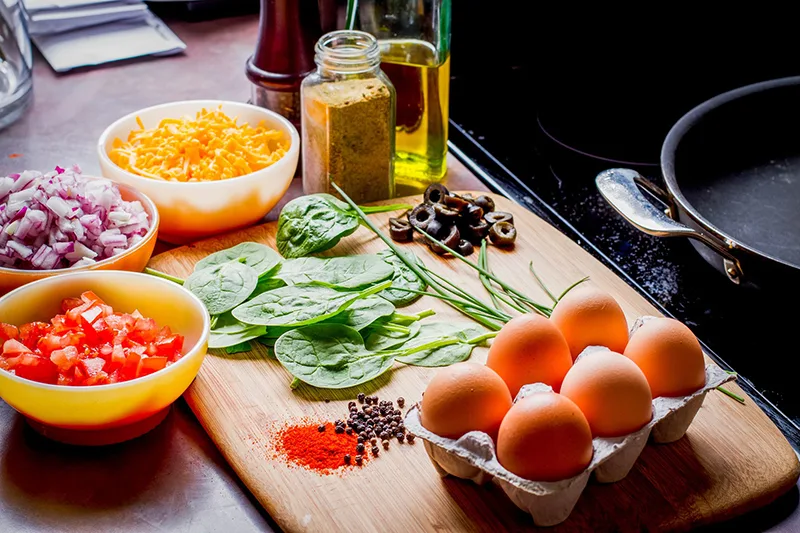
Some common go-to meal and snack options include:
- Eggs
- Healthy oils (e.g. olive oil, coconut oil, avocado oil)
- High-fat fish (e.g. salmon, trout, sardines)
- Full-fat dairy (e.g. heavy cream, butter, full-fat plain yogurt, cheese)
- Red meat
- Poultry
- Avocados
- Berries, nuts, and seeds
- Non-starchy vegetables (e.g. mushrooms, broccoli, cauliflower, dark leafy greens)
- Fresh herbs and spices
As you meal prep and create dishes that feature these star ingredients, why not add a few LCHF-friendly nibblers to the mix? We offer a wide range of snacks and treats that add sweets to your life (with no impact on glucose) – low net carb treats that taste good, this will help you stick to the way of life.
Foods to Avoid on an LCHF Diet
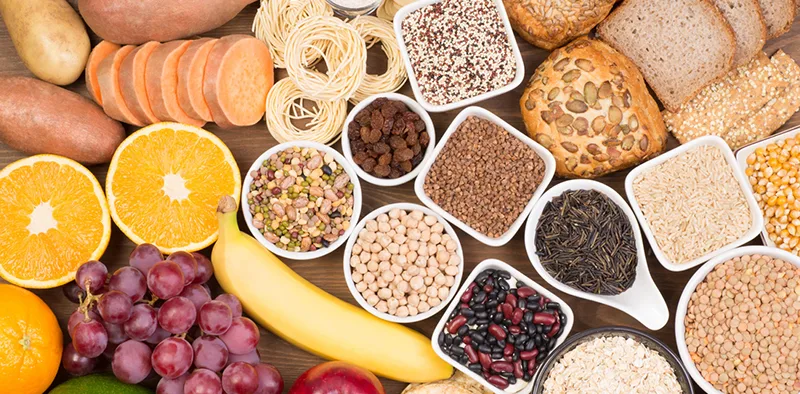
Of course, you’ll need to steer clear of processed foods and any that contain a high amount of carbohydrates while you’re following the LCHF diet. These include:
- Starchy vegetables (e.g. potatoes, winter squash, peas, beets)
- Sugary drinks (e.g. soda, juice, sports drinks, sweet tea)
- Grains and starches (e.g. wheat, rice, pasta, baked goods, cereals, bread)
- Sweeteners (e.g. honey, sugar, maple syrup, agave)
- Alcoholic beverages (e.g. beer, mixed cocktails, wine)
In addition, you should also avoid any foods labeled as “low-fat” or “diet.” While these may not contain as many carbs, they’re often loaded with excess sugar.
The same goes for fruit.
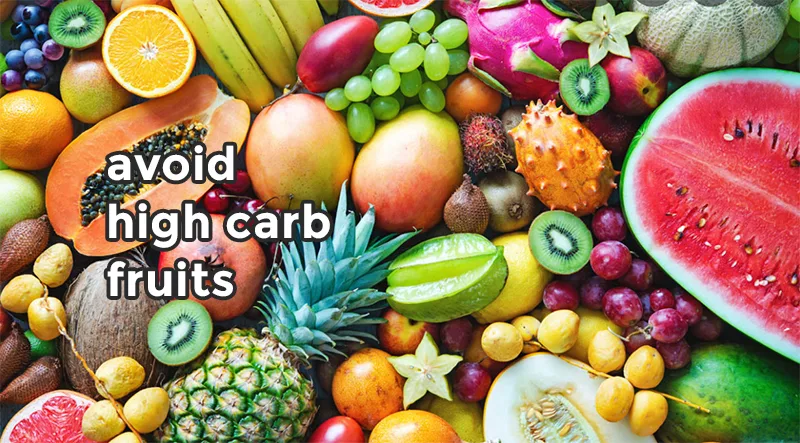
While it can be a healthy snack, most new varieties (typically found in the grocery store) have a high sugar content. If a craving hits, you can reach for a small handful of berries to do the trick!
Or, why not try our decadent strawberry-lime keto nut butter? Filled with all the fruity goodness you need and none of the stuff you don’t, it’s an excellent portable pick-me-up!
Keep in mind that while you should limit these foods on an LCHF diet, each specific plan will have its own limit on the number of carbs you can consume daily. For instance, someone following the keto diet will seek out more carb sources to eliminate than someone on a more moderate LCHF diet plan.
Dietary Concerns and Recommendations
Before beginning any health plan or weight-loss program, it’s important to speak with your physician first. There are some people, including children, teens, and breastfeeding women, for whom extreme versions of an LCHF plan, such as the keto diet, aren’t recommended.
You should also speak to your doctor about an LCHF approach if you have the following conditions:
- Type 1 Diabetes
- Kidney disease
- Liver disease
- Pancreas disorders
In addition, elite athletes might find that lowering their carb intake can boost athletic performance in some cases. Yet, it can also limit it at a competitive level. A medical professional can advise you on whether or not this will be an effective route to take as you seek to lose weight and maintain control over your health.
Side Effects of the LCHF Diet
Though it can lead to powerful and long-lasting health results, it can take your body some time to adjust to an LCHF diet. This is especially the case if you’ve been used to a high-carb lifestyle for many years.
In LCHF diets that require very low carb counts, you might experience the following symptoms as your body adjusts to the new balance:
- Nausea
- Diarrhea
- Headaches
- Constipation
- Fatigue
- Muscle cramps
- Muscle weakness
- Dizziness
- Insomnia
These symptoms should ease up as your body gets used to its new state. If they subside, you can speak to your doctor about your concerns.
The best method to ensure you avoid these symptoms as you adapt to eating high fat and low carb is balanced, essential electrolytes.
Stick to Your LCHF Diet With cardnl
Beginning any diet plan can be intimidating. Suddenly, you’re eating different foods, paying closer attention to new details, and wondering if there’s anything in your refrigerator or pantry that you need to toss.
Because it encompasses so many sub-plans, the LCHF diet plan might make your head spin at first. That’s why we’re here.
We’re a full-production, kitchen, grocery store and bakery committed to providing delicious goods that also happen to be LCHF-friendly. In addition to our online marketplace, we also offer health-centric news and recipes to help you stay on track.
We’ll help you stick to the plan, one tasty treat at a time.
Information (found on this website) is our opinion and should not be construed as medical advice.
Pin for later:
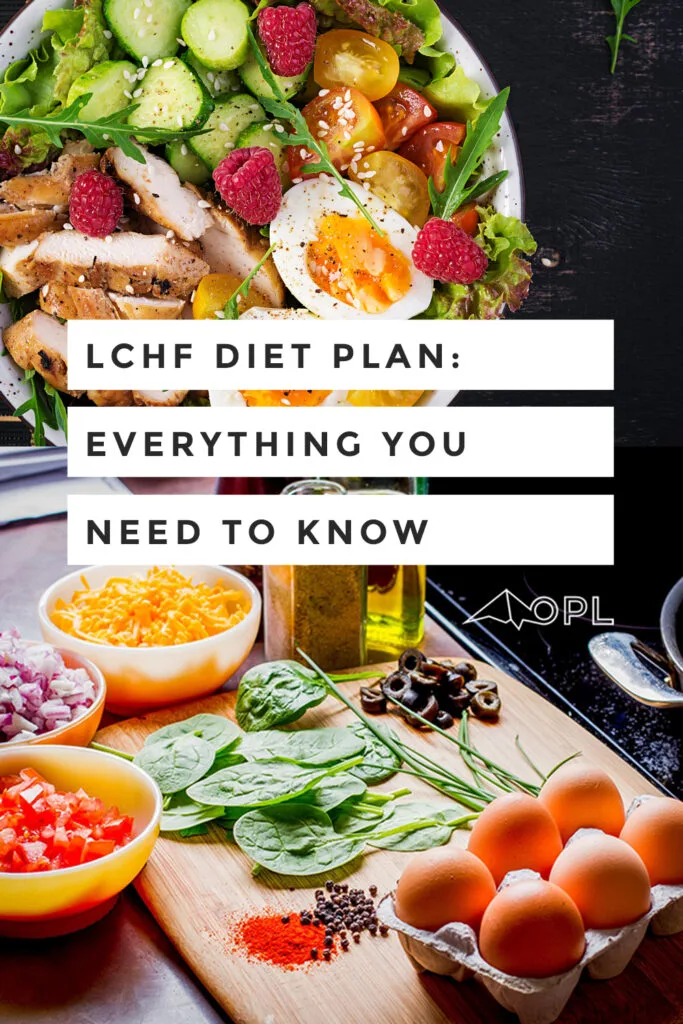

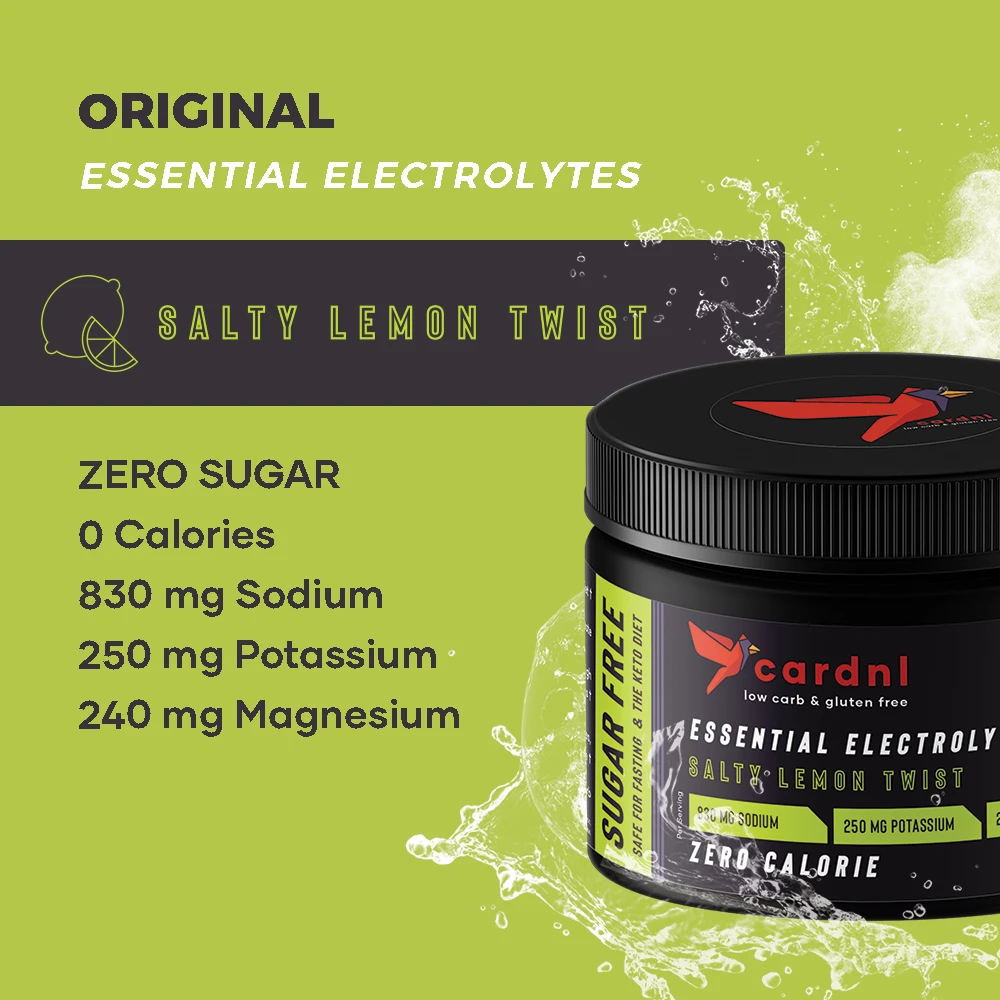
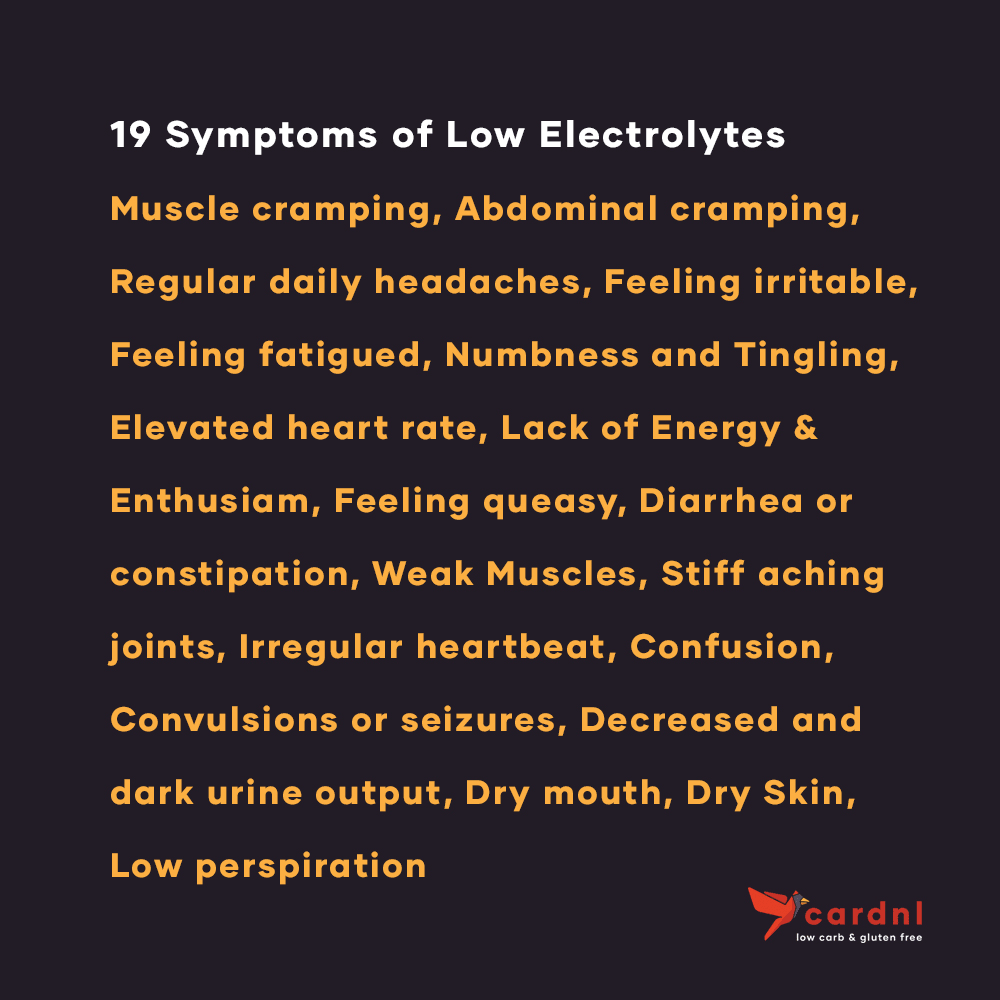
What Is the LCHF Diet? | Shoregoodlife.com
Wednesday 29th of December 2021
[…] For these reasons, low-carb diets have actually become popular among those seeking to improve their health and wellness as well as slim down. […]
George Toledano
Saturday 3rd of July 2021
Thank you for your valuable information. There's a kind of bread that you are recommending?
Rob Benson
Friday 9th of July 2021
We have a bread mix available on our website. Here's the recipe.
Soumya B Hegde
Tuesday 27th of April 2021
Thanks for sharing this article. Looking forward to reading more from you.